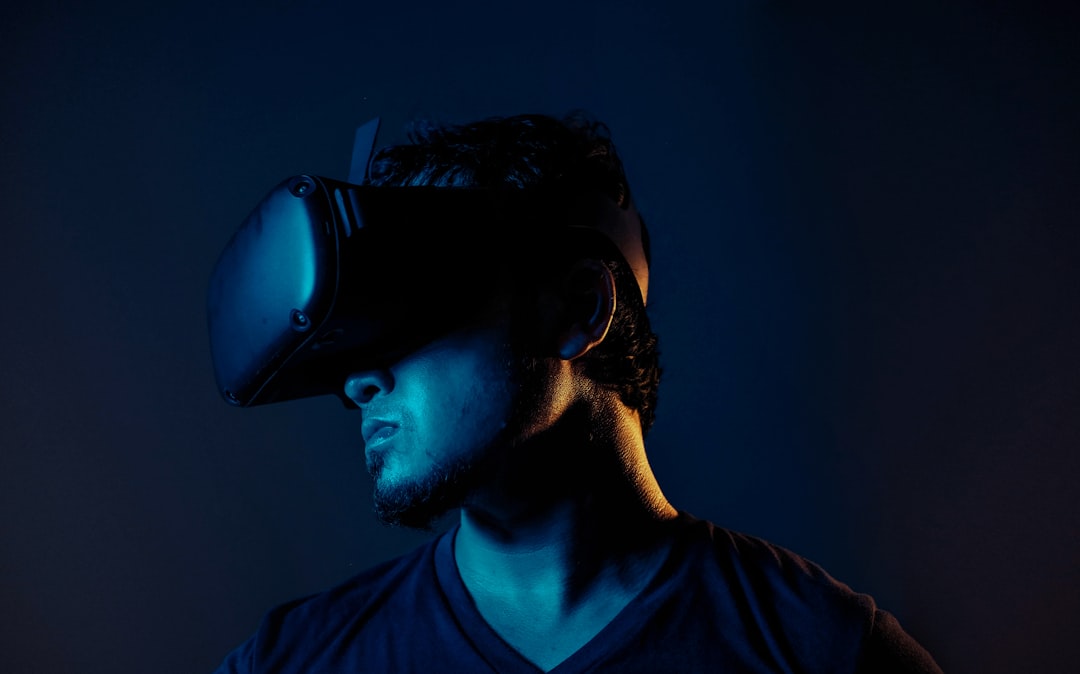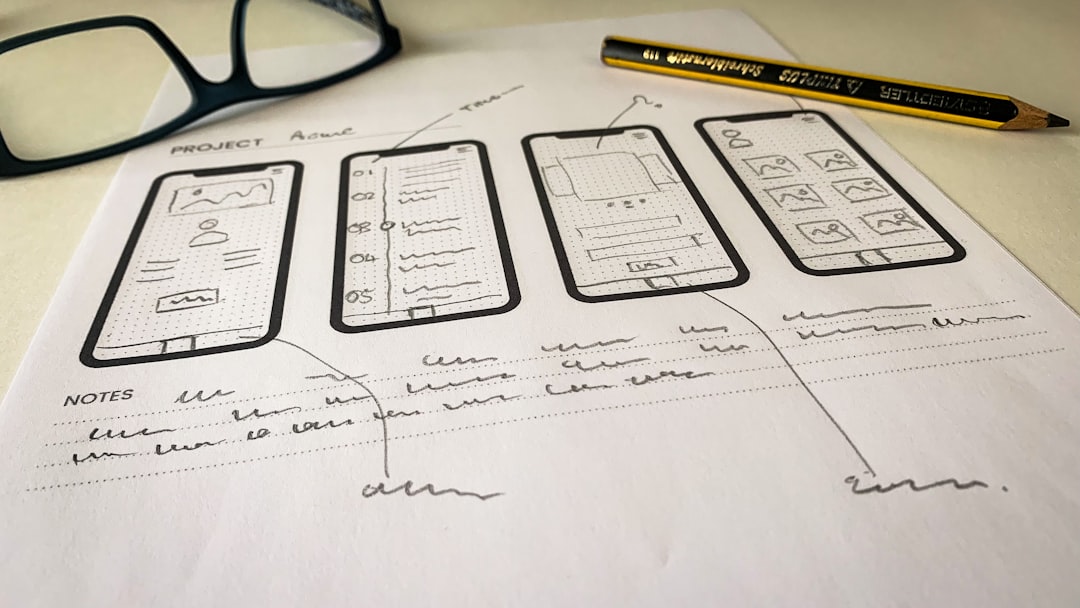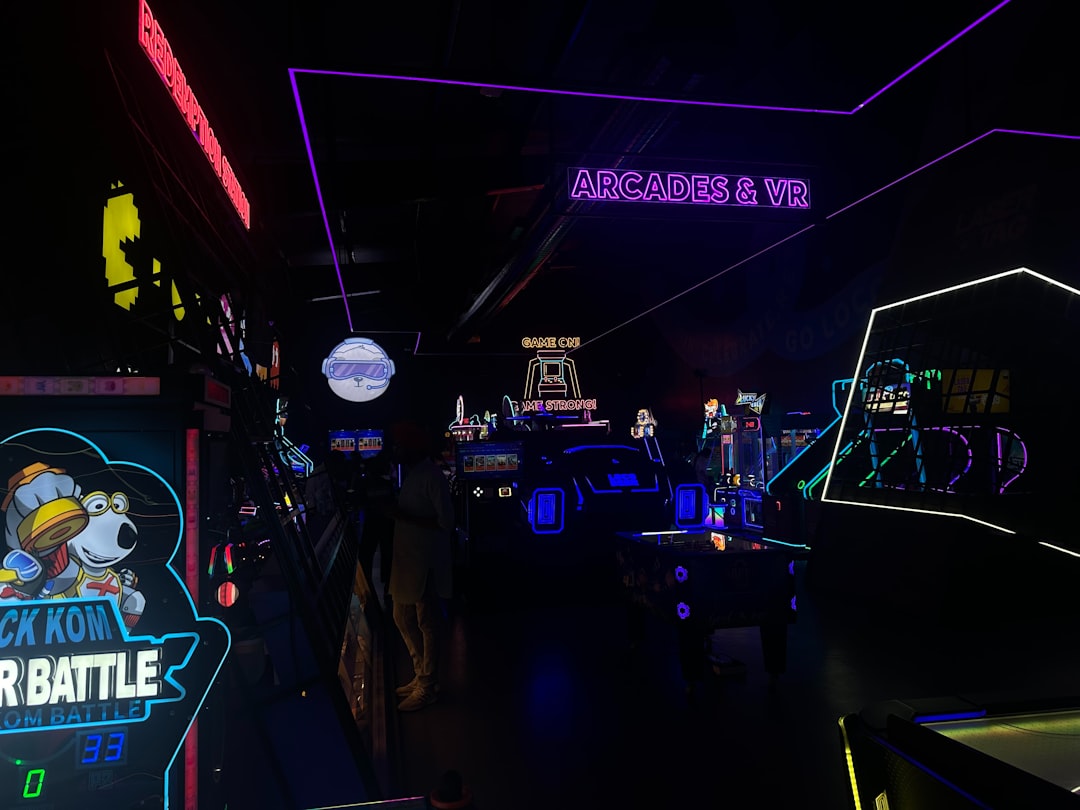In the past few years, technology has taken remarkable strides in areas that once seemed like the stuff of science fiction. One such groundbreaking innovation is video face swap technology — a fascinating field that fuses deep learning, computer vision, and video processing to seamlessly replace one person’s face with another in a video. Once limited to Hollywood special effects, this capability is now available on smartphones and web applications, revolutionizing entertainment, marketing, and even social interactions.

At its core, face swap technology uses a combination of artificial intelligence techniques such as deepfakes and GANs (Generative Adversarial Networks) to analyze facial features and motions in a video. It then maps these onto another face, creating incredibly realistic overlays that track facial expressions, lighting, and angles frame by frame. The result? A transformation so convincing that it can be difficult to tell the original footage from the edited version.
How Does Face Swap Technology Work?
To truly appreciate the magic behind this technology, it’s important to understand the underlying process. While specific applications may slightly vary, most video face swap technologies follow a similar workflow:
- Facial Detection: The software first identifies faces in each frame of the input video using facial recognition algorithms.
- Feature Mapping: Detailed landmarks such as eyes, nose, mouth, and jawline are mapped out to track expressions and head movements.
- Face Encoding: The original face is analyzed and encoded into a data-based model of characteristic features.
- Face Generation: A synthetic face is generated using AI that matches these features but appears as the selected target face.
- Frame Composition: The generated face is blended into each video frame, adjusting for lighting, motion, and perspective.
Popular Uses of Face Swap Technology
This technology isn’t just a novelty; it’s becoming an indispensable tool across a wide range of industries. Here’s how it’s being used today:
- Entertainment and Media: Movie studios use it to de-age actors, resurrect digital versions of deceased performers, or allow stunt doubles to appear recognizably as A-list stars.
- Social Media and Apps: Mobile apps like Reface and FaceApp delight users by letting them put their faces into popular movie clips or celebrity interviews, making for share-worthy content.
- Advertising: Brands are testing personalized ads where viewers see themselves playing a part in the commercial — increasing engagement and memorability.
- Gaming and VR: Face-swapping can personalize avatars in real time, letting users see themselves within immersive virtual worlds.

Ethical Considerations and Challenges
While the applications are exciting, video face swap technology isn’t without its controversies. The same tools that can create laughter and cinematic magic can also be used maliciously. Deepfakes, for example, have been weaponized in political smear campaigns, revenge porn, fraud, and misinformation. This has led to increasing calls for ethical guidelines and technological safeguards.
Some of the main challenges include:
- Consent: Using someone’s face without their permission, especially in a commercial or political context, raises legal and moral concerns.
- Misuse: The ability to create fake videos that appear real can erode public trust in video evidence and media.
- Regulation: As governments scramble to keep up, new policies are being introduced to regulate the use and distribution of deepfake technologies.
The Future of Face Swapping
The technology is improving at an astonishing rate. Real-time face swaps are no longer just prototypes, and the quality of AI-generated video content continues to climb. In the future, expect even more integration with augmented reality, live streaming, and education tools.
Imagine attending a virtual classroom where historical figures “teach” you in their own likeness, or watching a personalized movie starring you and your friends. These experiences are not far off, and they’re being made possible by advances in face swap tech.

As with all powerful technologies, the key lies in balancing innovation with responsibility. Video face swaps open a new world of creative possibilities, but it’s up to developers, users, and regulators alike to ensure it’s used ethically and wisely. What was once science fiction is now a tool of storytelling, identity exploration, and innovation — a true testament to the magic of modern technology.



